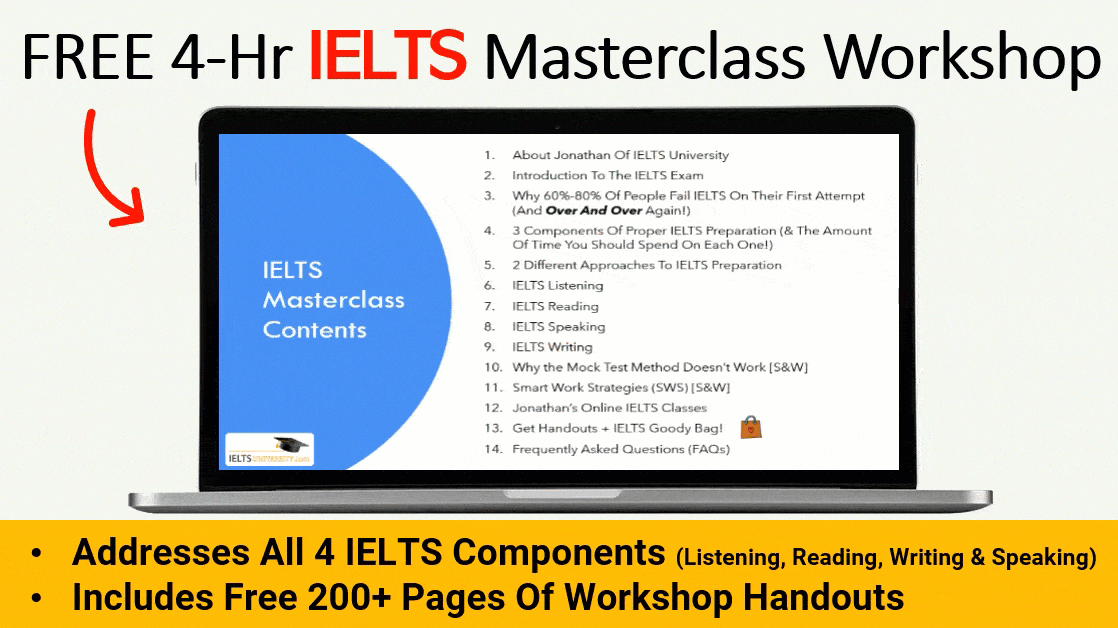The IELTS Reading test is a challenging assessment of one’s ability to comprehend and analyse complex academic texts. Given the time constraints and demanding question types, students and professionals must engage in productive and focused preparation to be aware of and overcome the usual stumbling blocks that can hinder their performance. By identifying and avoiding these mistakes, test-takers can maximise their reading comprehension and achieve their desired scores. This article explores strategies to overcome common pitfalls in the IELTS Reading section, ensuring a successful and error-free approach.
Mistake 1: Ineffective Time Management
One of the most significant mistakes in the IELTS Reading test is poor time management. The test consists of three passages with 40 questions to be completed within 60 minutes. Failing to allocate time wisely can lead to rushing through the latter parts or leaving questions unanswered.
Strategies to Avoid Time Management Issues
- Develop a clear strategy for dividing your time across the three passages.
- Practice reading passages under timed conditions to build reading speed and efficiency.
- Learn to identify questions that require more time and attention, and prioritise them accordingly.
- Keep track of time during the test and adjust your pace as needed.
Mistake 2: Relying Heavily on Keyword Matching
Many test-takers fall into the trap of solely relying on keyword matching to locate answers in the passages. This approach can be misleading, as the questions often require a deeper understanding of the context and nuances.
Strategies to Enhance Comprehensive Reading
- Read the questions carefully and identify the specific information required.
- Develop skills to understand the overall meaning and main ideas of the passages.
- Pay attention to contextual clues, such as transition words and sentence structures, to grasp the intended meaning.
- Practice paraphrasing and identifying synonyms to avoid being misled by keyword variations.
Mistake 3: Overlooking Key Details
The IELTS Reading test frequently requires test-takers to identify specific details from the passages. Overlooking or misinterpreting these details can lead to incorrect answers and lost marks.
Strategies to Improve Attention to Detail
- Develop active reading skills by underlining or highlighting key information as you read.
- Practice identifying and distinguishing between major and minor details in passages.
- Double-check your answers against the information provided in the text.
- Avoid making assumptions and rely solely on the information explicitly stated in the passages.
Mistake 4: Misinterpreting Question Types
The IELTS Reading test includes various question types, such as multiple-choice, matching, true/false/not given, and sentence completion. Misunderstanding the requirements of a particular question type can result in incorrect responses.
Strategies to Master Question Types
- Familiarise yourself with the different question types and their specific instructions.
- Practice identifying the skills and strategies required for each question type.
- Read the instructions carefully for each section to ensure you understand what is expected.
- Utilise process of elimination techniques for multiple-choice questions when unsure of the correct answer.
Mistake 5: Ignoring Contextual Clues
Contextual clues, such as the tone, purpose, and target audience of the passages, can provide valuable insights into interpreting the information accurately. Ignoring these clues can lead to misunderstandings and incorrect answers.
Strategies to Utilise Contextual Clues
- Before reading the passages, analyze the titles, headings, and introductory paragraphs for clues about the topic and purpose.
- Pay attention to the author’s tone, stance, and use of language to infer the intended meaning.
- Consider the target audience and the context in which the information is presented.
- Use these contextual clues to guide your understanding and interpretation of the passages.
Mistake 6: Overconfidence or Lack of Confidence
Both overconfidence and lack of confidence can be detrimental to one’s performance in the IELTS Reading test. Overconfidence may lead to careless mistakes, while a lack of confidence can hinder decision-making and cause unnecessary second-guessing.
Strategies to Maintain a Balanced Mindset
- Develop a realistic understanding of your strengths and weaknesses through practice and self-evaluation.
- Cultivate a positive yet critical mindset, remaining open to learning and improvement.
- Trust your abilities and the strategies you’ve developed through preparation.
- Stay focused and composed during the test, avoiding distractions or doubts.
The IELTS Reading test demands a combination of effective strategies, careful attention to detail, and a well-rounded understanding of the test’s requirements. By identifying and addressing common pitfalls, such as poor time management, overreliance on keyword matching, overlooking details, misinterpreting question types, ignoring contextual clues, and maintaining a balanced mindset, students and professionals can significantly improve their reading comprehension and achieve their desired scores. Consistent practice, self-evaluation, and a commitment to learning from mistakes will pave the way for a successful IELTS Reading test experience.

